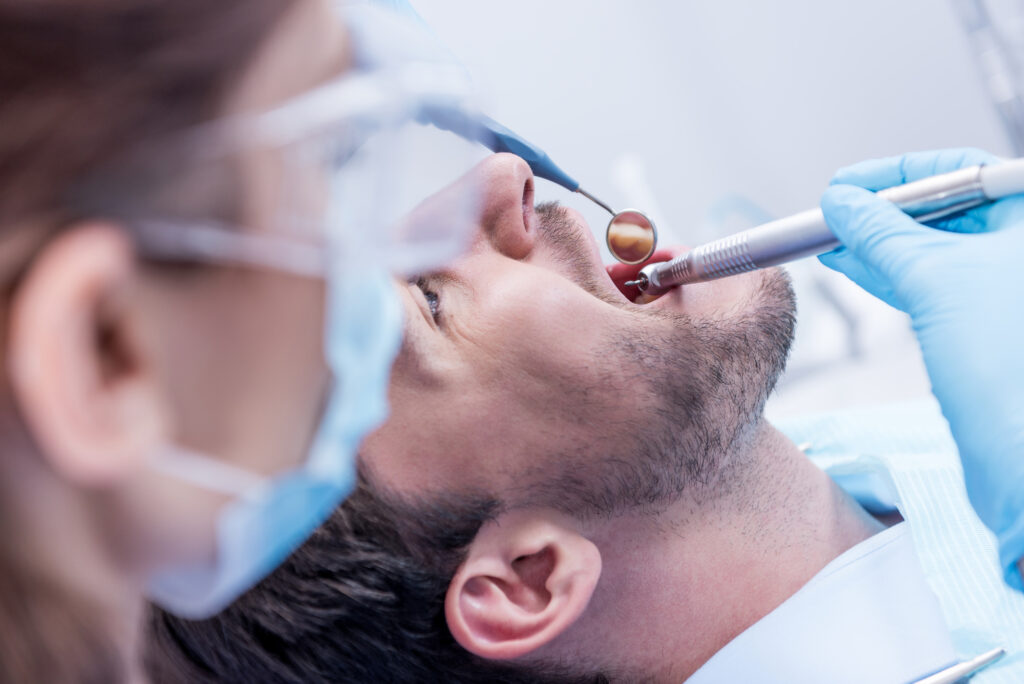
In the dynamic realm of dental care, the ability to engage effectively with a diverse range of personality types is a cornerstone of providing exceptional service. Within this context, engaging with gentle empathy is these dentists’ approach, recognizing that every patient is unique. This article delves into the strategies employed by dental professionals to connect with individuals possessing varying personality types, emphasizing the importance of tailored communication. Additionally, it explores the challenges and considerations when engaging with people with auditory processing disorder, underscoring the commitment to inclusivity in oral healthcare.
Recognizing Personality Types
Dental professionals encounter a myriad of personalities daily, each requiring a nuanced approach for effective engagement. By understanding the spectrum of extroversion, introversion, assertiveness, and sensitivity, these dentists can create an environment conducive to open communication and patient comfort.
1. Building Trust with Extroverts
Engaging with extroverted individuals involves creating a lively and open atmosphere. These patients often appreciate a warm and sociable approach. Greeting them with genuine enthusiasm, engaging in small talk, and maintaining a friendly demeanor can help build trust and alleviate any apprehensions they might have about dental procedures.
2. Nurturing Calmness for Introverts
Introverted patients may prefer a more serene environment. Engaging with them often requires a softer, reserved approach. Dental professionals can create a calming atmosphere by minimizing noise, providing a quiet waiting area, and adopting a gentle tone during interactions. Taking the time to explain procedures thoroughly can help introverted individuals feel more at ease.
3. Tailoring Communication for Assertive Individuals
For assertive individuals, direct communication is key. Dental professionals can engage effectively by providing clear and concise information. Involving assertive patients in decision-making processes and acknowledging their desire for control fosters a positive experience. By tailoring communication to their preference for straightforwardness, dental professionals build trust and cooperation.
4. Engaging with Empathy for Sensitive Individuals
Sensitive individuals may require a more empathetic and understanding approach. Dental professionals can engage with gentle empathy, using reassuring language and demonstrating compassion. Addressing their concerns with care and creating a supportive environment contributes to a positive experience for individuals who may be more prone to anxiety.
Implementing Strategies for Effective Communication
Engaging effectively with different personality types involves implementing various communication strategies. These strategies not only enhance patient care but also contribute to a positive and personalized dental experience.
1. Active Listening
Active listening is a fundamental skill that allows dental professionals to understand and address patient concerns effectively. Engaging with gentle empathy means taking the time to listen actively, demonstrating a commitment to the patient’s well-being. This practice fosters trust and ensures that the patient feels heard and understood.
2. Personalized Communication Plans
Recognizing that each patient is unique, dental professionals can develop personalized communication plans. These plans consider individual preferences, comfort levels, and communication styles. By tailoring communication to suit the patient’s personality type, dental professionals create a more personalized and patient-centric experience.
Engaging with Auditory Processing Disorder
In the pursuit of inclusivity, dental professionals also face the challenge of engaging effectively with people with auditory processing disorder (APD). APD is a condition that affects the ability to process and interpret auditory information, making communication more challenging.
1. Creating a Supportive Environment
Understanding the unique needs of individuals with APD, dental professionals can create a supportive environment. This may involve minimizing background noise, providing written instructions, and using visual aids to enhance communication. By being proactive in addressing potential challenges, dental professionals demonstrate a commitment to inclusivity.
2. Patience and Clear Communication
Engaging with individuals with APD requires patience and clear communication. Dental professionals can use visual cues, gestures, and written instructions to supplement verbal communication. Taking the time to ensure that the patient understands the information being conveyed contributes to a more positive experience.
Life is a Tapestry: The Dental Arts Respond
In the intricate tapestry of dental care, engaging with different personality types is an art form. These dentists in the heart of the town understand that connecting with patients goes beyond clinical expertise. By approaching each individual with gentle empathy, dental professionals foster trust, build rapport, and create an environment where oral healthcare is a personalized and positive experience.
As part of their commitment to inclusivity, these dentists navigate the challenges posed by auditory processing disorder with grace and understanding. Through tailored communication plans, active listening, and a dedication to creating supportive environments, dental professionals ensure that every patient, regardless of their unique personality or condition, receives the highest standard of care. The result is not only healthier smiles but also a stronger connection between dental professionals and the diverse communities they serve.




